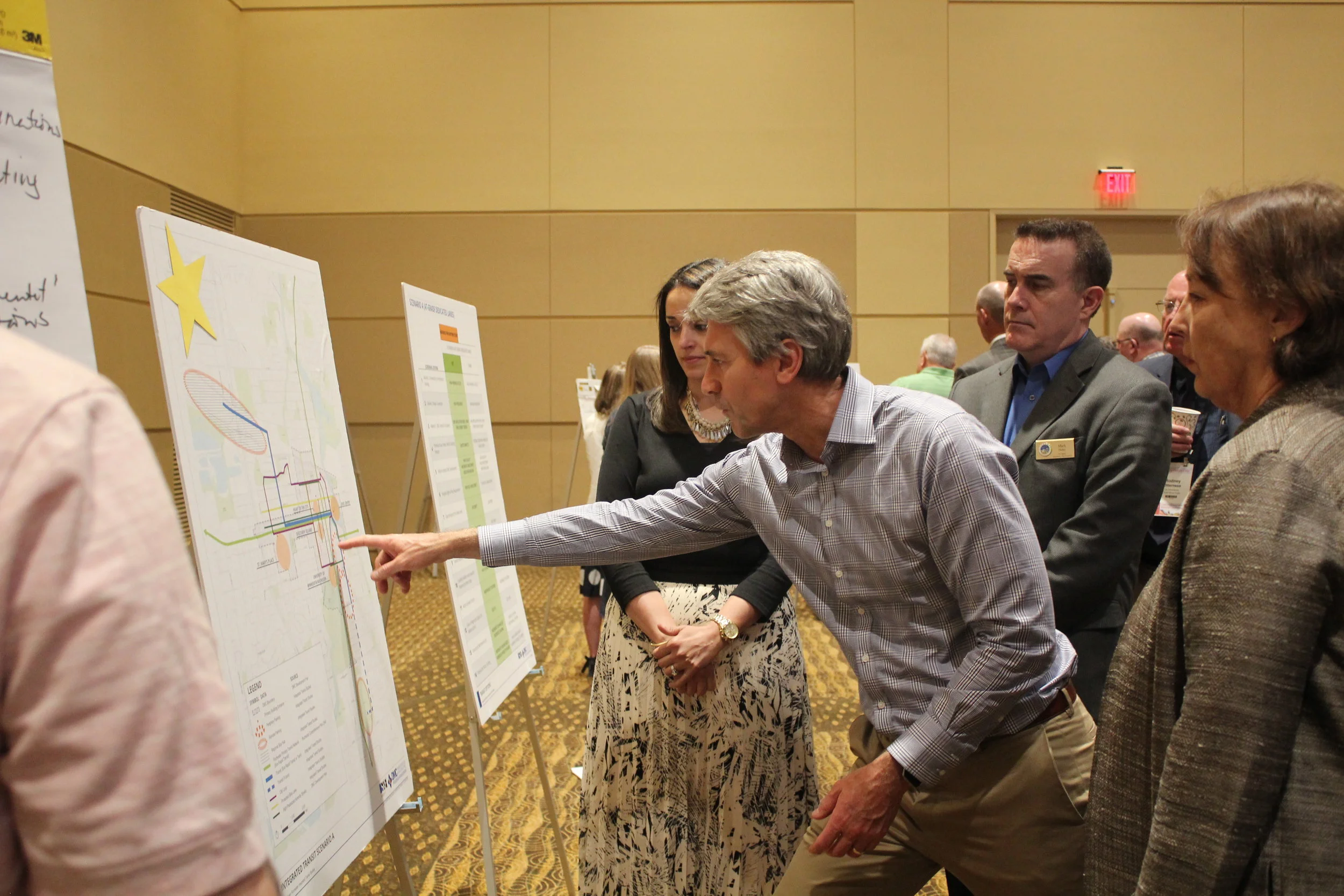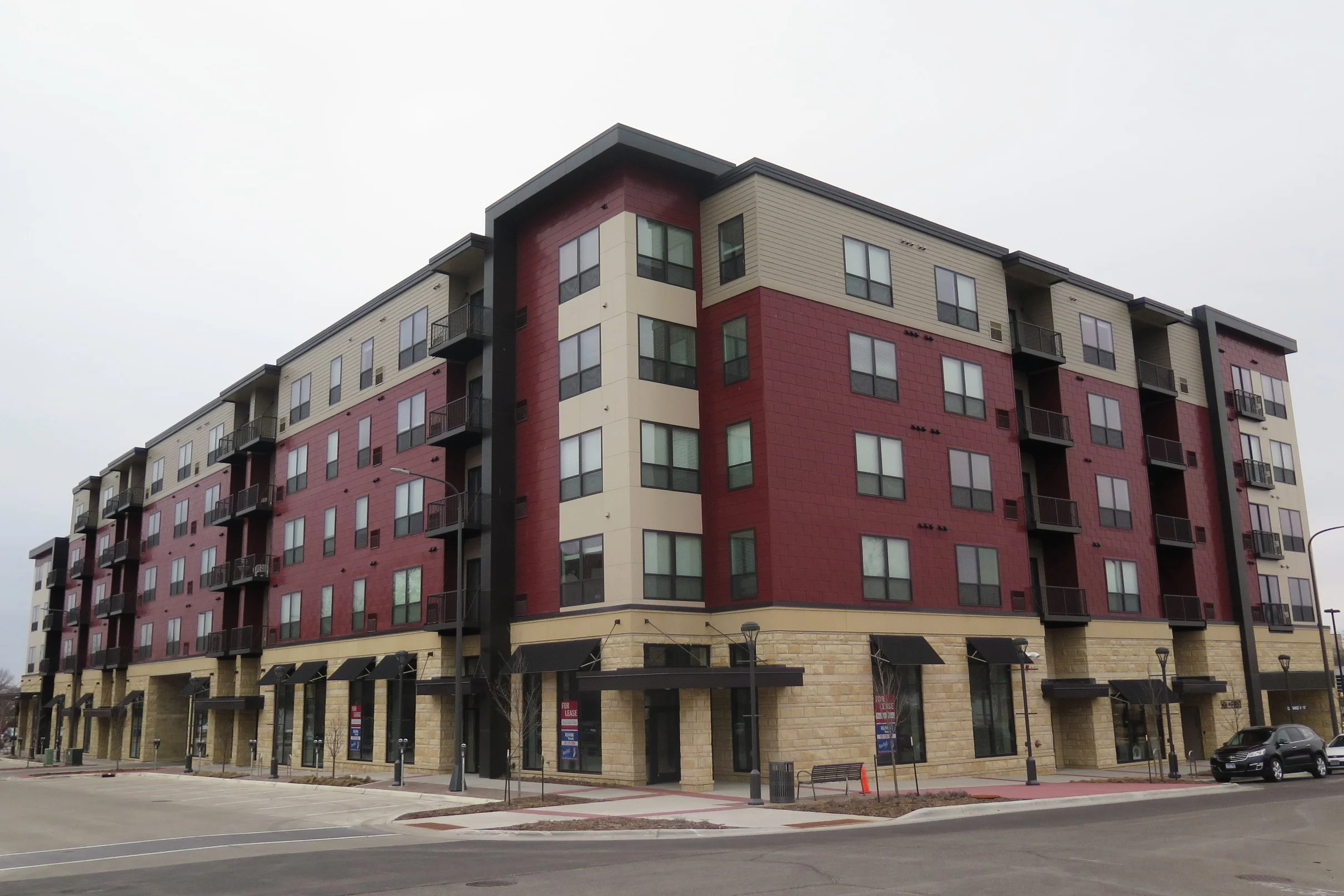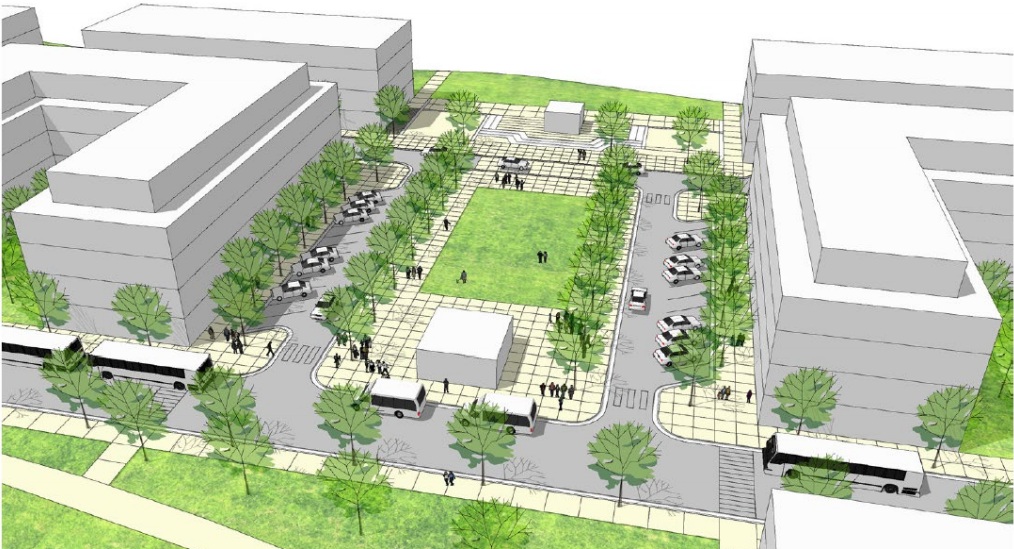DMC leaders consider how future technology could impact transit plans
The Destination Medical Center Corporation Board met with members from the Rochester City Council, Olmsted County Board and the DMC Economic Development Agency Board on Wednesday to evaluate the scenarios being proposed as part of the city's ongoing transportation planning efforts.
The scenarios focus on four transportation elements — transit, parking, pedestrians/bicyclists and street use — and aim to combine the ideal solution for each of these areas into a “comprehensive network that serves both the DMC and the community of Rochester in an efficient, integrated, high-quality way,” said Beth Bartz, of SRF Consulting Group Inc.
DMC's transportation principles as part of the Integrated Transit Studies
The goal of the meeting was to discuss and critique each scenario to begin narrowing the choices down. DMC has set a goal of bringing 30 percent of the workforce downtown on transit by 2025.
“Transportation is such a critical element to DMC’s success,” said Lisa Clarke, executive director of the DMC EDA.“We need to get this right.”
DMC Corporation board member R.T. Rybak — who in the past has been critical about the pace at which plans were progressing — said he does not believe there is a “one size fits all” solution, but that the final plan needs to be flexible enough to account for a “series of ways for a series of people to get to a series of locations.”
Flexibility was key at this work session. On the subject of transit, many officials leaned away from the idea of a rail or other fixed or elevated public transportation system, agreeing on more flexible and less costly options such as a Bus Rapid Transit (BRT) system.
Lisa Clarke with Olmsted County Commissioner Sheila Kiscaden
Unlike with a fixed rail, a BRT system can be easily altered as transportation needs change. It also allows for transition to autonomous vehicles as technology progresses.
“Technology is changing and we ought to be ready for that change,” said Lt. Gov. Tina Smith, who serves as chair for the DMC Corporation Board.
The scenarios also outlined possible park-and-ride locations for commuters, hoping to lessen traffic congestion downtown by solving the "last mile" problem with new public transit options and roads better suited for pedestrians and bicyclists.
Feedback from the session will be given back to consultants and engineers for further reworking. Final approval of the transit studies could come by the end of 2017.
Written by contributor Madison Conte. A 2015 graduate of Mayo High School, Madison now studies journalism and political science at the University of Missouri. Follow her on Twitter.
Cover photo: R.T. Rybak participating in the transportation work session at the Mayo Civic Center / Madison Conte










